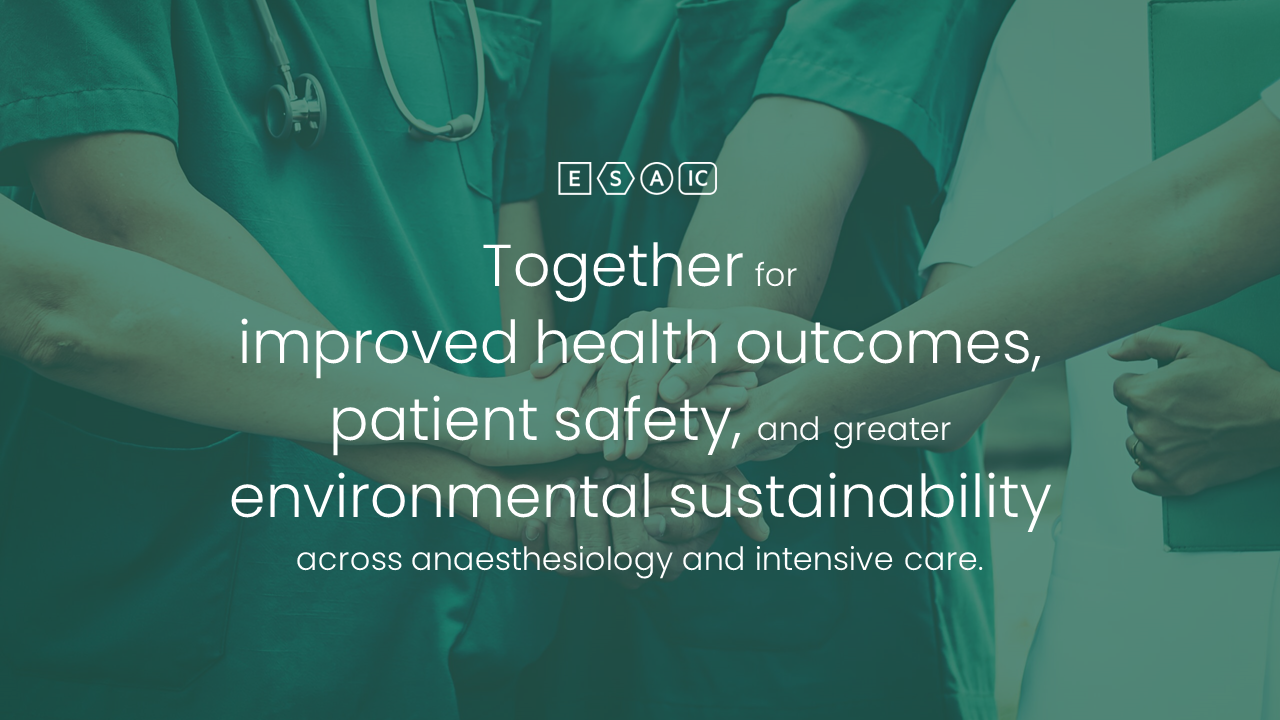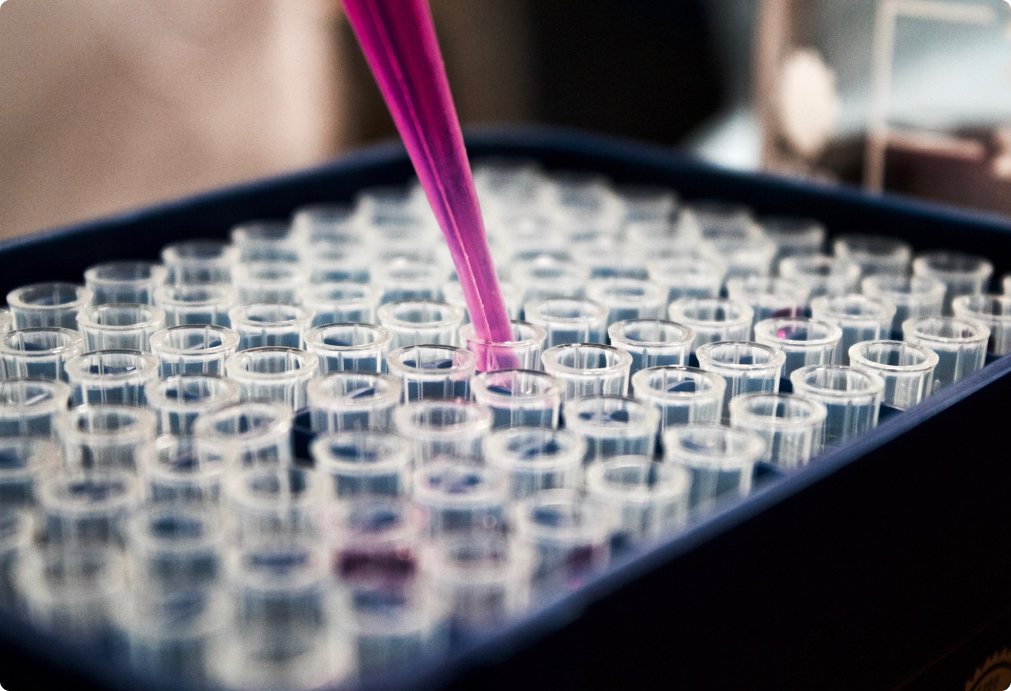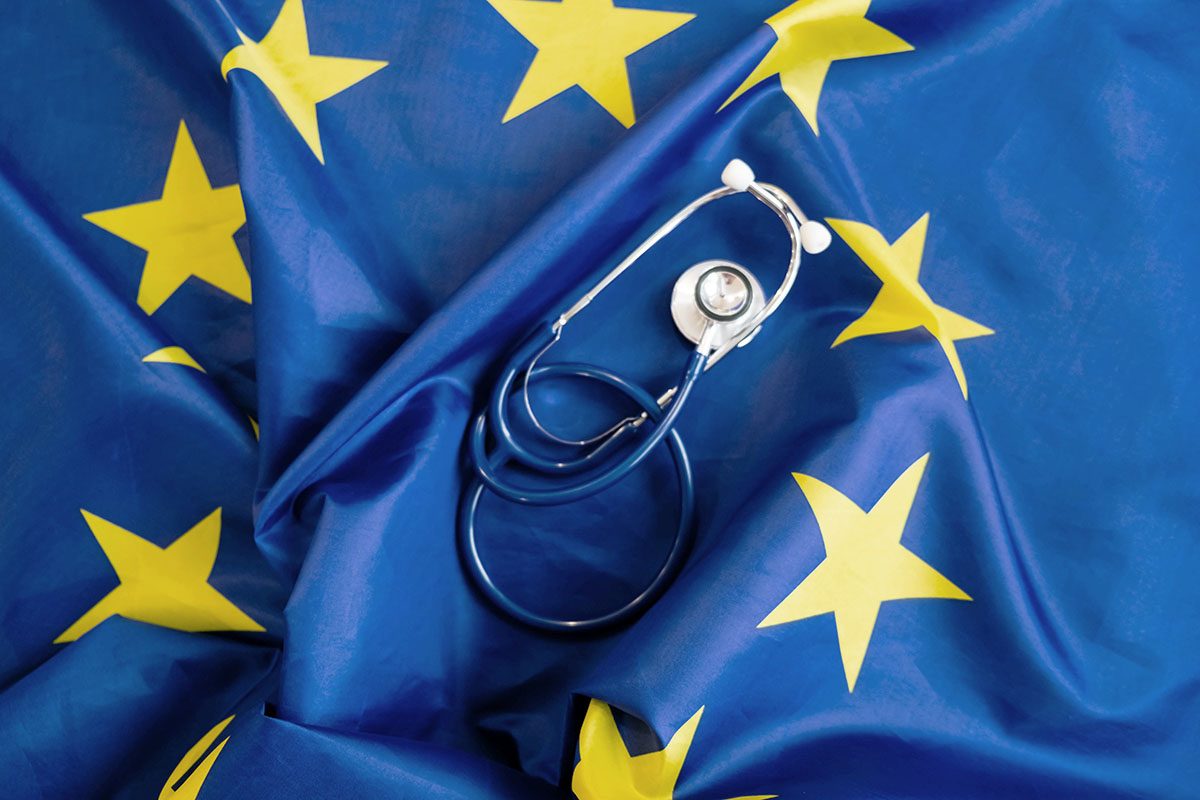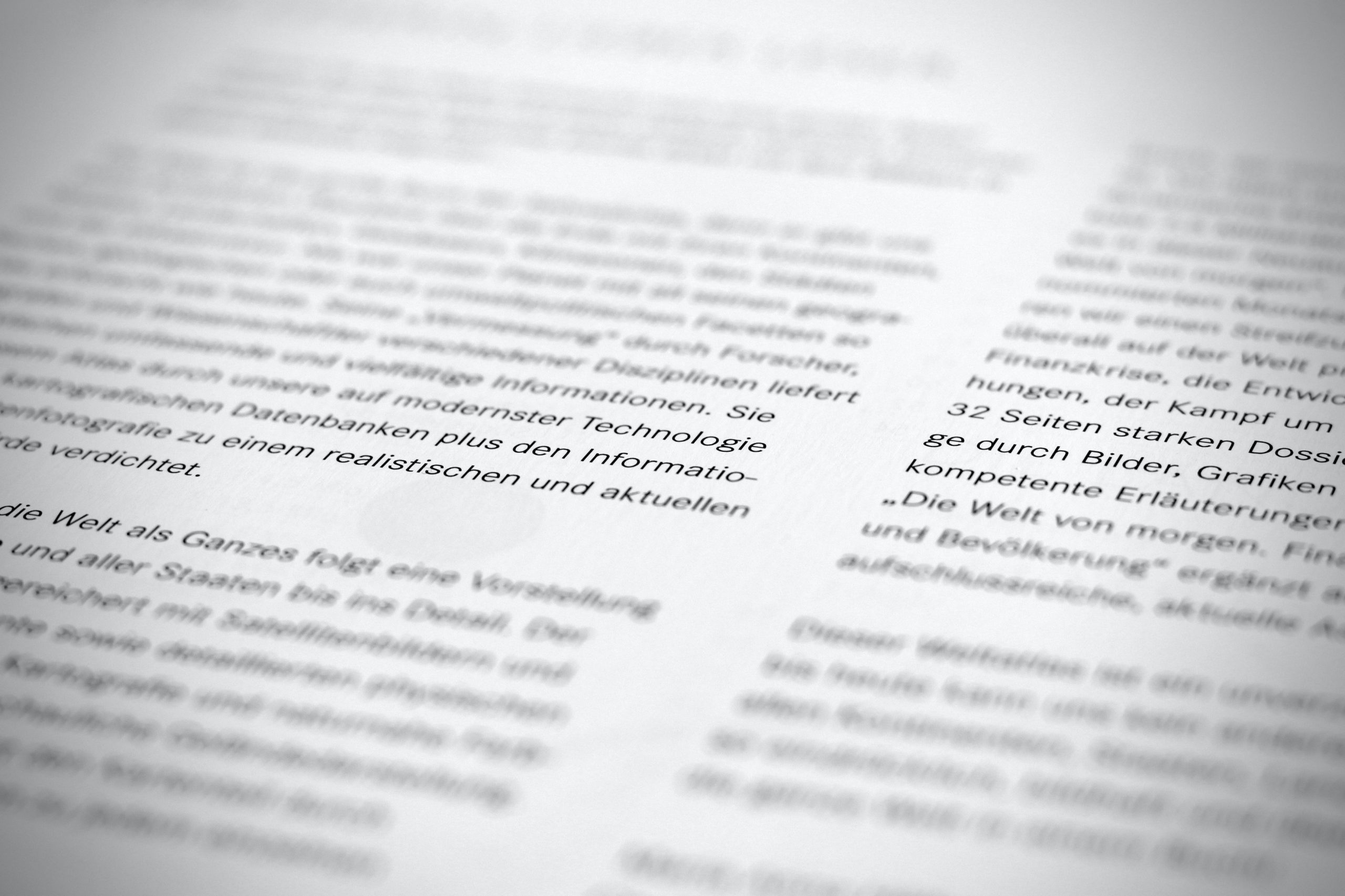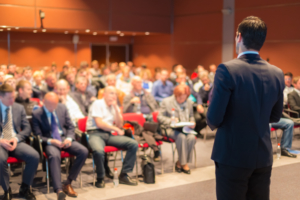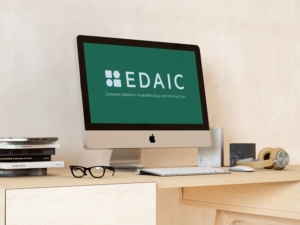Newsletter 2022
Newsletter July 2022: Resident corner - How to balance and avoid fatigue during residency
Antonia Kustura, Dilara Akcal
Trainees Committee Education Taskforce
Almost every study puts anaesthesiologists in the top five specialities with the highest prevalence of burnout syndrome. A combination of demanding patient responsibilities and long working hours with sleep deprivation can be quite strenuous. It’s clear why specialities with fewer shifts and emergency work are associated with significantly lower burnout levels.
Residents might be even more prone to burnout due to education obligations, frequent rotations, adaptations to the new environment and lack of control of the overtime schedule. Factors such as young age, female gender, and unmarried status further increase the risk for burnout. Additionally, a period of residency is often intertwined with personal changes such as birth of a baby or financial difficulties. On top of that, there are exams, seminars and other training obligations, preparations for exams, scientific work or perhaps even a PhD study. How can residents combine and fulfil all the obligations?
Burnout is a serious and dangerous condition, but there’s something more widespread and worrying: namely tiredness and fatigue. Uncorrected and prolonged fatigue can cause burnout, depression and suicidal tendencies. Do symptoms like procrastination, daydreaming or delaying tasks and paperwork sound familiar to you? Unable to concentrate or focus? These are all consequences of fatigue. This might even lead to substance use.
Perhaps the work overload and fatigue in combination with insomnia is the cause of substance abuse among residents in anaesthesia. Studies showed that nearly every propofol addict started injecting to overcome persistent insomnia. Besides propofol abuse, there is also fentanyl, ketamine etc. abuse. Trainees could be the most vulnerable part of the healthcare system due to their excessive workload.
Fatigued residents are at a higher risk for medical errors. The paradox is that patients’ safety and the prevention of errors are possibly the of the most important objectives of healthcare systems but unfortunately the current systems often leads to such an overload of work which might lead to more errors in healthcare.
Our work in operation rooms and intensive care units is especially problematic because it leaves us little room for arranged breaks which could lead to fatigue, irrespective of the hours worked. My colleague said to me yesterday: “Since the beginning of this month I have been feeling quite tired and it’s getting worse.”
The COVID pandemic has changed our lives completely. The pandemic was all-consuming at every level of our lives. Extreme demands have increased the responsibility of trainees and unsupervised practising due to lack of staff is one part of the changes trainees have experienced during that time. Now, when we hopefully see the end of the pandemic, trainees are eager to achieve a more healthy work-life balance.
The question is, what can hospitals (or health care systems) do to help residents regarding fatigue?
How to help?
There are publications about fatigue management for residents and fellows. Strategies include adherence to duty hour restrictions, availability of call rooms for napping, and education on fatigue management. Even when there is an available call room, sleep quality is almost abysmal with many monitors sounding and lightning.
One of the publication’s proposals is to offer free caffeinated drinks. An Australian study found that doctors reported needing 400 milligrams a day, more than two times the average amount, to stay awake, which is exactly the amount that The Mayo Clinic recommends as a maximum per day. However, solutions for tiredness should not be the sole consumption of excessive amounts of coffee.
Many European countries have laws to limit working hours and mandatory rest time, but it is often unclear how those are implemented.
In the end, trainees have the greatest responsibility and possibility for themselves to change their environment and make it easier. Studies have shown that having hobbies and doing regular activities may be helpful to overcome stress and fatigue. Families and social support can be an effective resource in reducing stress and promoting health and well-being, which could reduce fatigue.
Organisation skills are now more needed than ever. Even one hour of free time or commute time can be used for education. For example, the ESAIC Academy offers a series of established training educational activities along with the latest updates. Instead of music, why not listen to the podcast? Social media is not necessarily a waste of time. There’s a huge number of fellow anaesthesiologists who dedicate their spare time to educating others. Find them and follow them, combine scrolling with learning.
The quality of support from residency mentors could also be a problem. That is why it’s important to have a trustful educational source of information such as ESAIC. Moreover, residents don’t have to spend time searching for quality content because the ESAIC produces guidelines and reports regarding anaesthesia and intensive care on a regular base.
The Euroanaesthesia congress is also a remarkable platform for all trainees. There trainees can participate in sessions reflecting on the latest developments in our speciality and engage in hands-on courses for skill development. Attending the congress can greatly expand training skills and knowledge. Additionally, meeting other trainees from different countries can help to share worries, find out about others’ work-life balance strategies, and help find motivation for further growth and progress.
The current work requirements make it quite challenging to archive a satisfactory work-life balance. Some people would say you just have to get past the training. But you should enjoy your time during residency. If you feel you feel fatigued, try to seek help and keep investing in your mental and physical health. Only by taking care of ourselves can we also take care of our patients. Try to focus on the positive elements of our job. If you can’t change your work schedule, try to adapt. Be active, socialise, and use available resources for education. Stay positive, good times are coming!
[maxbutton id=”1″ url=”https://www.esaic.org/newsletter/” text=”Read the Newsletter” ]
